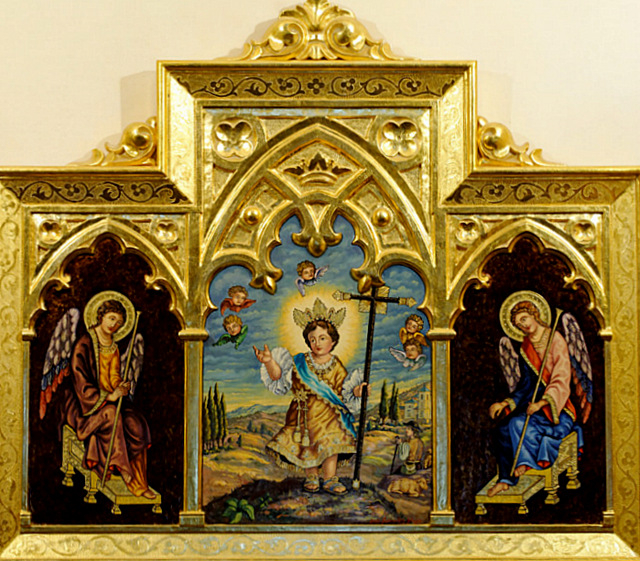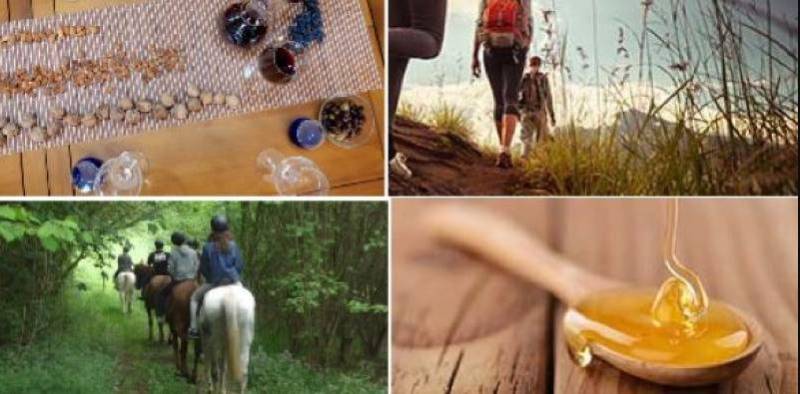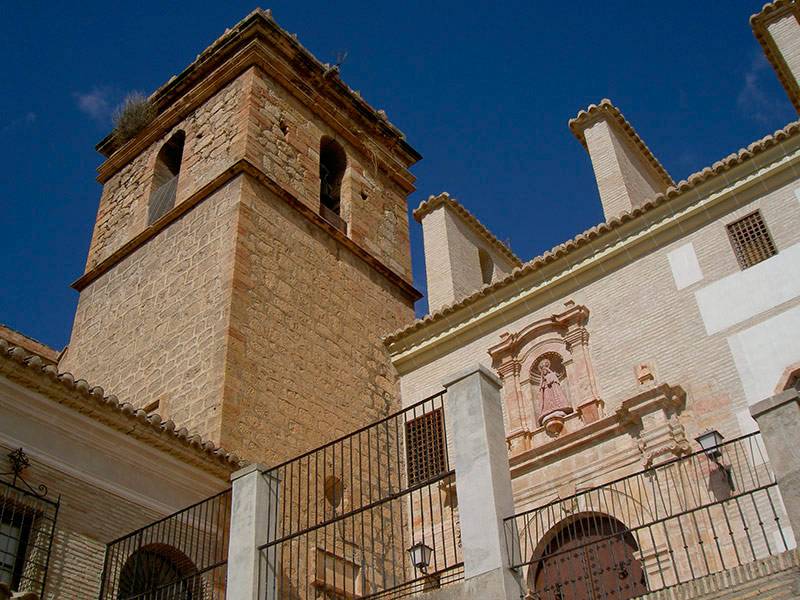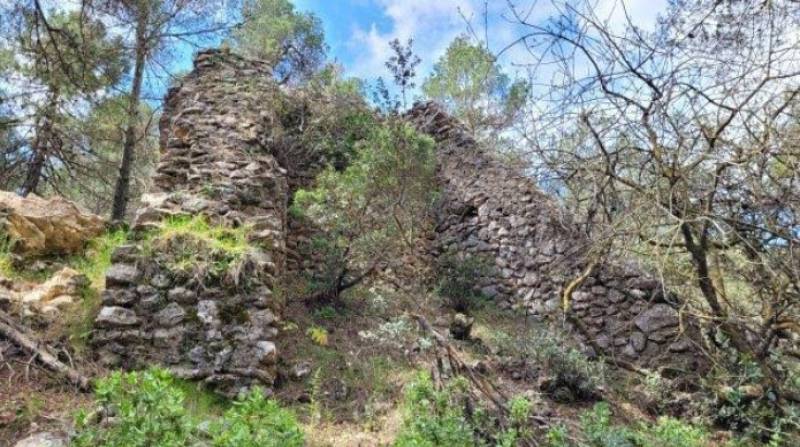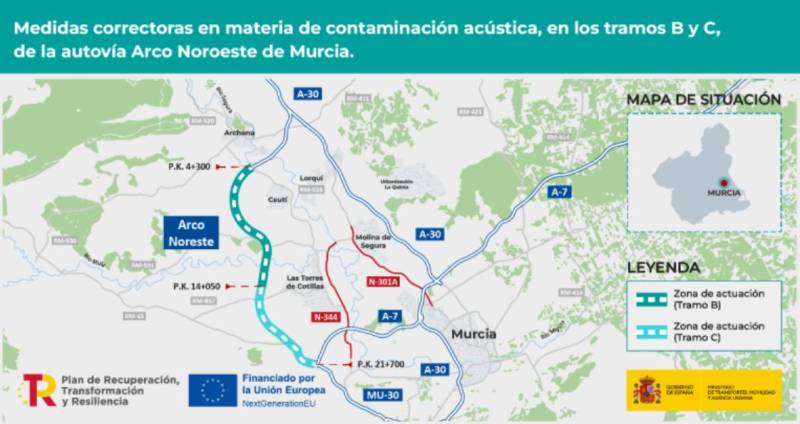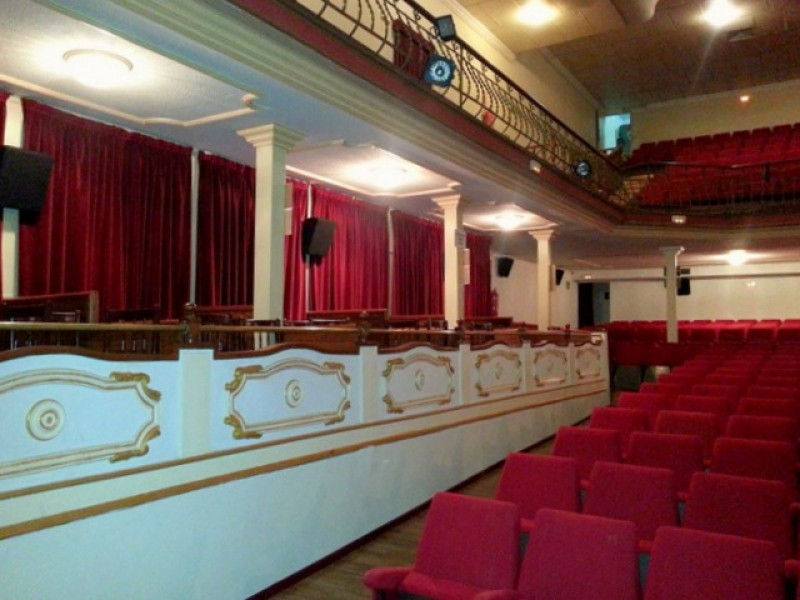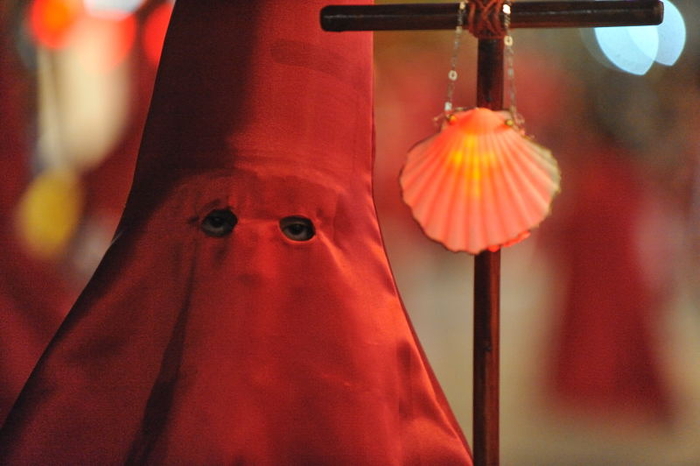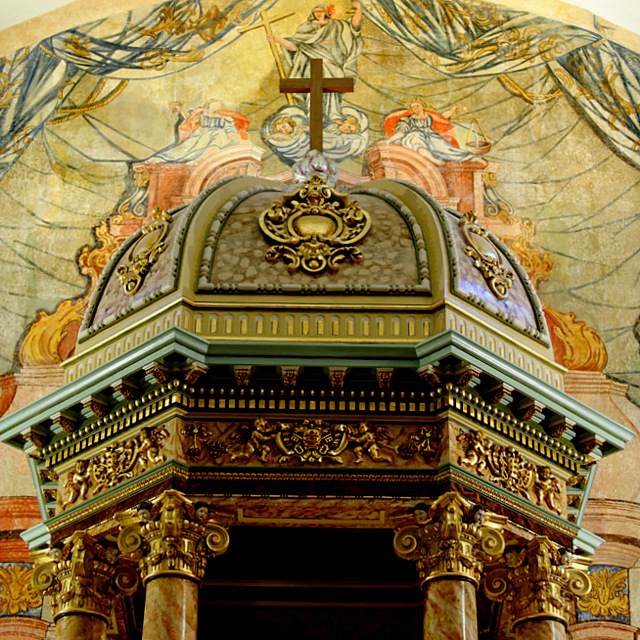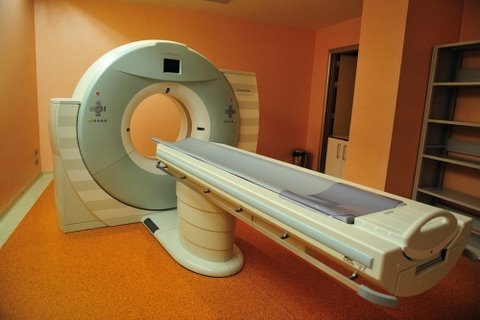- Region
- Águilas
- Alhama de Murcia
- Jumilla
- Lorca
- Los Alcázares
- Mazarrón
- San Javier
-
ALL AREAS & TOWNS
- AREAS
- SOUTH WEST
- MAR MENOR
- MURCIA CITY & CENTRAL
- NORTH & NORTH WEST
- TOWNS
- Abanilla
- Abarán
- Aguilas
- Alamillo
- Alcantarilla
- Aledo
- Alhama de Murcia
- Archena
- Balsicas
- Blanca
- Bolnuevo
- Bullas
- Cañadas del Romero
- Cabo de Palos
- Calasparra
- Camping Bolnuevo
- Campo De Ricote
- Camposol
- Canada De La Lena
- Caravaca de la Cruz
- Cartagena
- Cehegin
- Ceuti
- Cieza
- Condado de Alhama
- Corvera
- Costa Cálida
- Cuevas De Almanzora
- Cuevas de Reyllo
- El Carmoli
- El Mojon
- El Molino (Puerto Lumbreras)
- El Pareton / Cantareros
- El Raso
- El Valle Golf Resort
- Fortuna
- Fuente Alamo
- Hacienda del Alamo Golf Resort
- Hacienda Riquelme Golf Resort
- Isla Plana
- Islas Menores & Mar de Cristal
- Jumilla
- La Azohia
- La Charca
- La Manga Club
- La Manga del Mar Menor
- La Pinilla
- La Puebla
- La Torre
- La Torre Golf Resort
- La Unión
- Las Palas
- Las Ramblas
- Las Ramblas Golf
- Las Torres de Cotillas
- Leiva
- Librilla
- Lo Pagan
- Lo Santiago
- Lorca
- Lorquí
- Los Alcázares
- Los Balcones
- Los Belones
- Los Canovas
- Los Nietos
- Los Perez (Tallante)
- Los Urrutias
- Los Ventorrillos
- Mar De Cristal
- Mar Menor
- Mar Menor Golf Resort
- Mazarrón
- Mazarrón Country Club
- Molina de Segura
- Moratalla
- Mula
- Murcia City
- Murcia Property
- Pareton
- Peraleja Golf Resort
- Perin
- Pilar de la Horadada
- Pinar de Campoverde
- Pinoso
- Playa Honda
- Playa Honda / Playa Paraíso
- Pliego
- Portmán
- Pozo Estrecho
- Puerto de Mazarrón
- Puerto Lumbreras
- Puntas De Calnegre
- Region of Murcia
- Ricote
- Roda Golf Resort
- Roldan
- Roldan and Lo Ferro
- San Javier
- San Pedro del Pinatar
- Santiago de la Ribera
- Sierra Espuña
- Sucina
- Tallante
- Terrazas de la Torre Golf Resort
- Torre Pacheco
- Totana
- What's On Weekly Bulletin
- Yecla


- EDITIONS:
 Spanish News Today
Spanish News Today
 Alicante Today
Alicante Today
 Andalucia Today
Andalucia Today
article_detail
Date Published: 08/09/2012
Santuario del Niño Jesús de Balate in El Niño de Mula
This small chapel is located 3 km from the centre of Mula
This little chapel is located in El Niño de Mula, a small hamlet about 3 kilometres from the centre of Mula.
The village owes its name to the figure of El Niño de Balate and a sculpture inside the church commemorates the miraculous appearance of the Infant Jesus to a shepherd in the location upon which the sanctuary is built.
The legend of Jesús de Balate
The name of this outlying district of Mula dates back to the 17th century, when the plague had been widespread throughout Europe for hundreds and years. The poor sanitary conditions of the era and lack of medical knowledge about how disease was spread resulted in a series of plague outbreaks and in the mid 1640s Mula and the surrounding area suffered a severe and extensive pidemic of bubonic plague which decimated the local population.
The outbreak lingered, killing more than 2,000 people and three quarters of the adult population during a 2-year period.
This left the area severely depopulated, and in consequence fields were untilled and communities bereft of important individuals with valuable skills and trades, creating food shortages in the cities. In many parts of Europe this in turn led to social unrest and uprisings against the nobility, who still demanded their taxes.
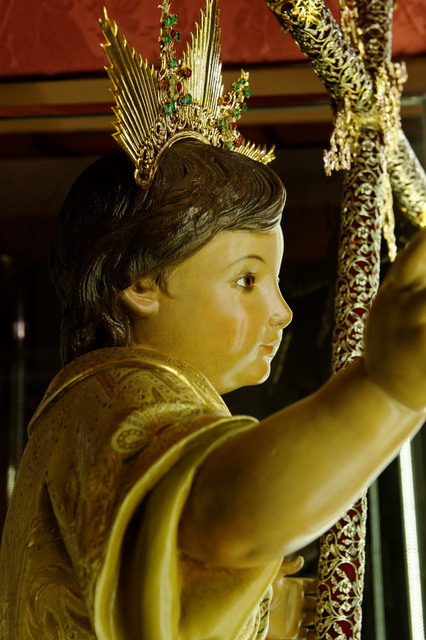 The legend of El Niño de Mula is documented by the Franciscan Monk and historian Fray Pablo Manuel Ortega, who recounts that this area was owned by the Botía family, one of whom was Pedro Botía, a shepherd, who prayed for deliverance from this terrible plague.
The legend of El Niño de Mula is documented by the Franciscan Monk and historian Fray Pablo Manuel Ortega, who recounts that this area was owned by the Botía family, one of whom was Pedro Botía, a shepherd, who prayed for deliverance from this terrible plague.
Both of his parents had died from the plague and on 21st September 1648, his prayers were answered: he was praying whilst tending his flock when he opened his eyes and saw before him a young boy in the area known as Campo de Albalat, or de Balate.
He asked who the stranger was. "I am Jesus", he said, "Jesus of Balate, take my cross and follow me", and he disappeared.
Immediately, episodes of plague in the area ceased and Pedro Botía decided to become a monk in the nearby monastery of La Encarnación.
Years later while on a pilgrimage he had a second vision, when he saw a wooden carving of Jesus and told his story of the apparition, saying the carving was the face of the young boy he had seen. From then on his fame grew, and he became known as Fray Pedro de Jesús. In 1694 his family built a small place of worship at the location in which the young boy had appeared and slowly the village became a place of pilgrimage, becoming known as El Niño de Mula, the little boy of Mula.
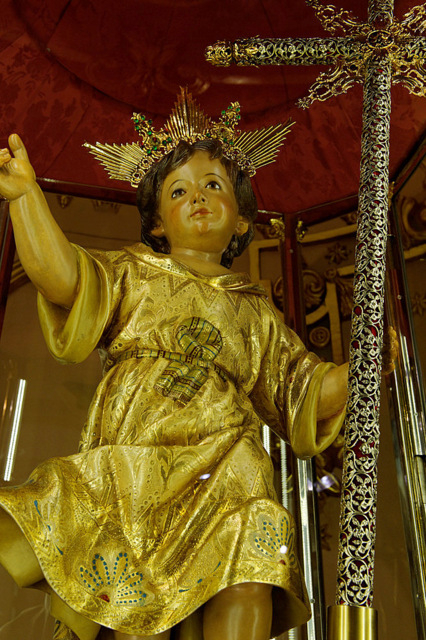 There is a spot of poetic licence in the dates given, as it is known that the plague had abated and that the town of Mula had been declared free of plague in July of that year. Although 21st September is given as the date of the celebration of El Niño de Mula, there is no documentary evidence which points specifically to this date.
There is a spot of poetic licence in the dates given, as it is known that the plague had abated and that the town of Mula had been declared free of plague in July of that year. Although 21st September is given as the date of the celebration of El Niño de Mula, there is no documentary evidence which points specifically to this date.
Locals assert that the dates are more likely to be conveniently linked to those of the grape harvest, which is usually completed around this time and offers the opportunity for a relaxed and enjoyable day of thanksgiving and neighbourly socialising: life in 17th-century Mula was dictated by the seasons and the agricultural work each stage of food production demanded.
By the end of the 17th century the little sanctuary had begun to attract a sizeable number of devotees, fuelled by the presence of Fray Pedro de Jesús, who was living in the Monastery of La Encarnación, and had become something of a local celebrity.
The original sculpture of El Niño was sent to Queen María Luisa in 1707 but was not returned to the convent, and it is believed that it may have perished altogether in a fire in 1734.
Fray Pedro himself died in 1717 and following his death the number of visitors to the sanctuary began to decline, so in 1733, locals formed a cofradía (brotherhood) to take care of the building and perpetuate the legend of the appearance of Jesus in Mula.
In 1780 work began to build the existing sanctuary with a replacement image of El Niño already making the annual journey between the convent and the sanctuary in the company of a multitude of devotees, armed and uniformed soldiers in escort and an air of festivity celebrating a religious act of popular devotion.
The sculpture of the Niño which sallies forth today is by Valencian sculptor, José Ponsoda Bravo, and was made in 1940, the 18th century Niño having been destroyed during the Civil War. It is generally given to be a very close representation of the 18th century Niño.
The Romería of the Niño de Jesús de Balate de Mula
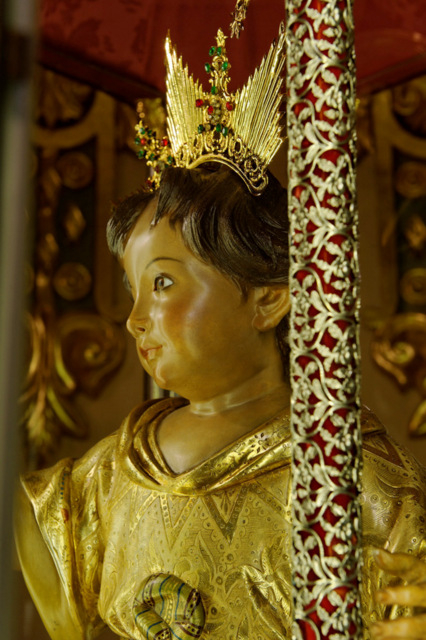 The 3-kilometre journey between El Niño de Mula and Mula itself takes around three hours, with many stops en route. The "bajada" (descent) is a much smaller event but the "subida" (ascent) is attended by thousands of people.
The 3-kilometre journey between El Niño de Mula and Mula itself takes around three hours, with many stops en route. The "bajada" (descent) is a much smaller event but the "subida" (ascent) is attended by thousands of people.
As is the custom with romerías of this kind, the romería a day of fellowship and conviviality on which families gather to enjoy a sociable yet emotional occasion. On arrival at the sanctuary in Mula Mass is held, then participants disperse into family groups to enjoy picnics, rice and barbecues in the area surrounding the chapel. There is a large restaurant which serves excellent lunches right very close by.
8th September: Romería de bajada. The Niño leaves the Santuario de El Niño de Balate (the church in El Niño de Mula) at around 17.00 and is carried down to the Monastery of Las Clarisas in the town of Mula.
11th September: El Niño is carried in procession to the church of Santo Domingo de Guzmán.
21st September: Procession with El Niño to the monastery of La Encarnación.
22nd September: Romería de subida, the return of the Niño to his sanctuary. Mass is held at 8.00 in the morning and the Romería leaves at 9.00.
The church of El Niño de Balate
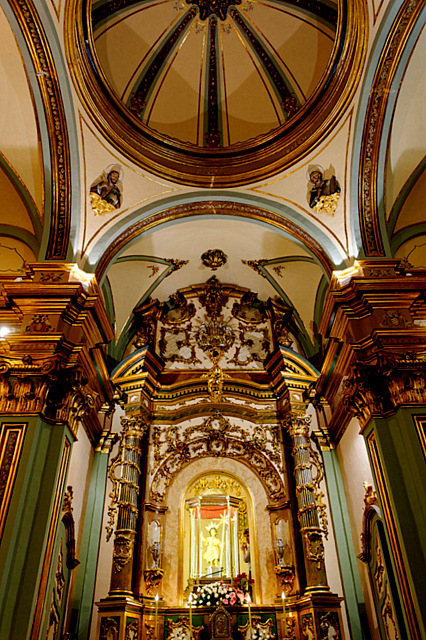 The first church was built here in 1694 by the family of shepherd Pedro Botía on land owned by his cousin, Diego Botía-Peñalver Párraga, although the high point of the land was municipal property.
The first church was built here in 1694 by the family of shepherd Pedro Botía on land owned by his cousin, Diego Botía-Peñalver Párraga, although the high point of the land was municipal property.
In 1781 this original structure was replaced by the existing church, albeit without the high altar and the niche which currently houses the sculpture of El Niño. These were added in 1824, the choir followed in 1852 and the road to the church was built in 1900.
The church is baroque in style, in the shape of a Latin cross. It was redecorated in the 1950s following the Spanish Civil War.
Notable works of art
The presbytery leads to the Capilla de la Aparición, built in 1967. This contains a wooden medallion sculpted by important Murcian sculptor, Antonio Campillo.
Behind the altar is a glass window through which the rocks on which the boy Jesus is said to have appeared can be seen. The surround is decorated with a piece of rectangular stone, set with jasper.
El Niño Jesús
This sculpture was created in 1940 by the Valencia artist José Ponsoda Bravo. It is believed to be a very close likeness to the second image of El Niño, which was destroyed during the Civil War: the first image of the Niño is believed to have been lost to fire in 1734.
Aparición del Niño Jesús de Belén
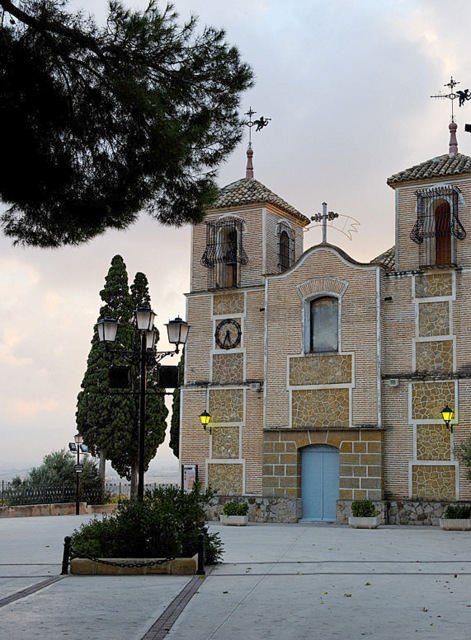 This is a "tríptico" of three pieces, decorated in the Gothic style, and was cut by carpenter Pedro Espinosa Medina and painted in the 1940s by local artist José Fernández Blaya.
This is a "tríptico" of three pieces, decorated in the Gothic style, and was cut by carpenter Pedro Espinosa Medina and painted in the 1940s by local artist José Fernández Blaya.
The work shows the appearance of the young Jesus, with the scene set on the mountainside, the central figure dominating the work while the young shepherd sits on the mountainside with his sheep.
Visiting the chapel of El Niño de Mula
The chapel is open for visits from 11.00 to 13.00 and from 17.00 to 21.00. A caretaker lives behind the church in a cottage and visitors should ring the bell to ask him to open the church at these hours if it is locked.
A telephone number is offered (695 363299) (correct summer 2012): if there is no reply on this number and a group visit is being arranged, call Mula tourist office on 968 661501.
There is a typical Spanish roadside restaurant next door to the chapel which caters for groups.
Click for map, El Niño de Mula.
article_detail
Contact Murcia Today: Editorial 000 000 000 /
Office 000 000 000

